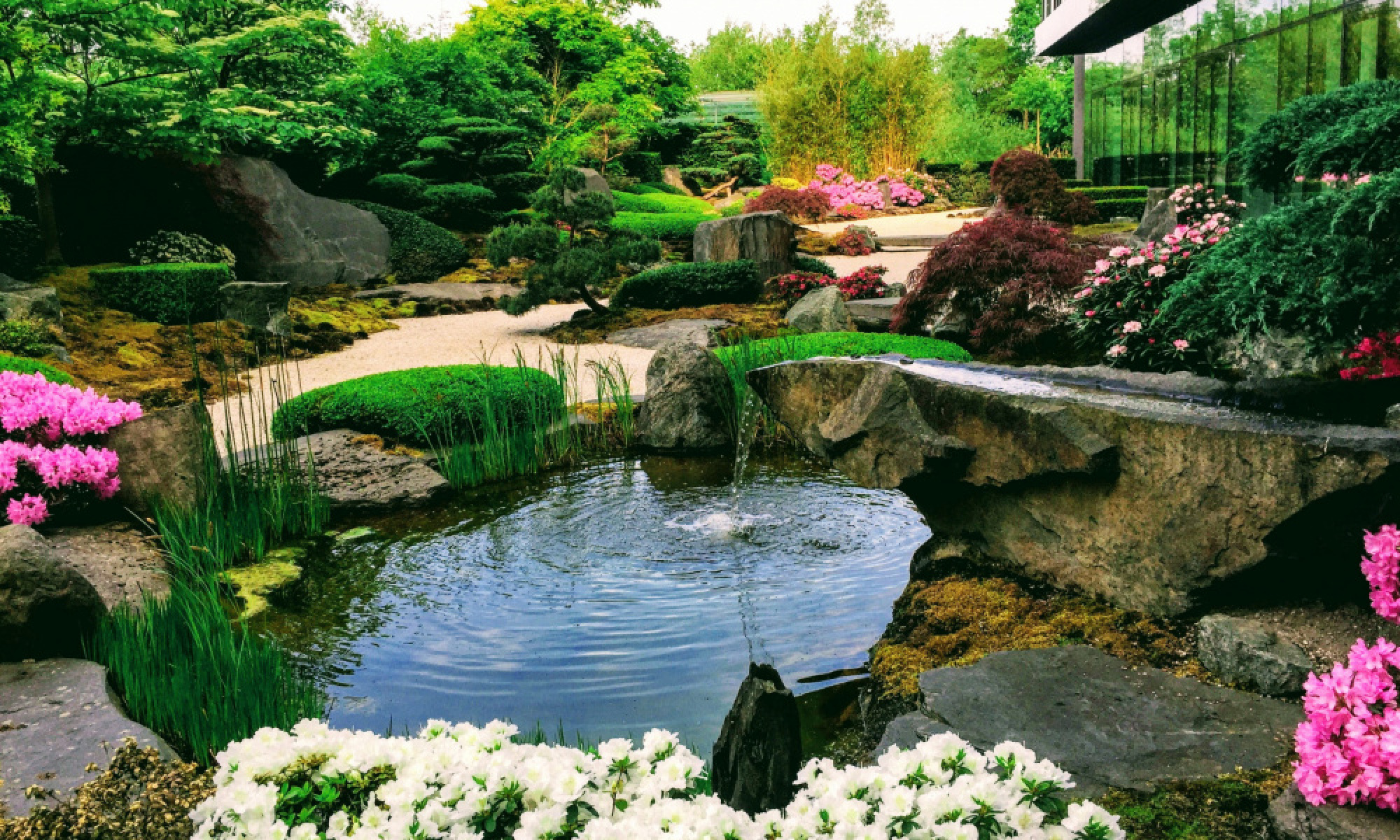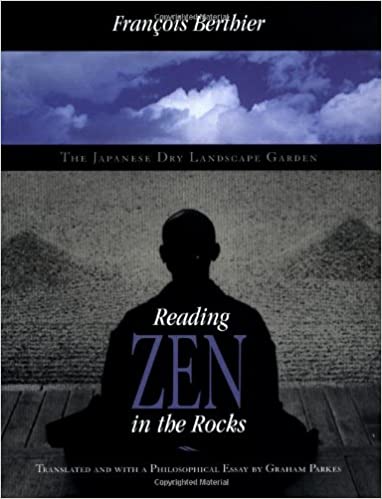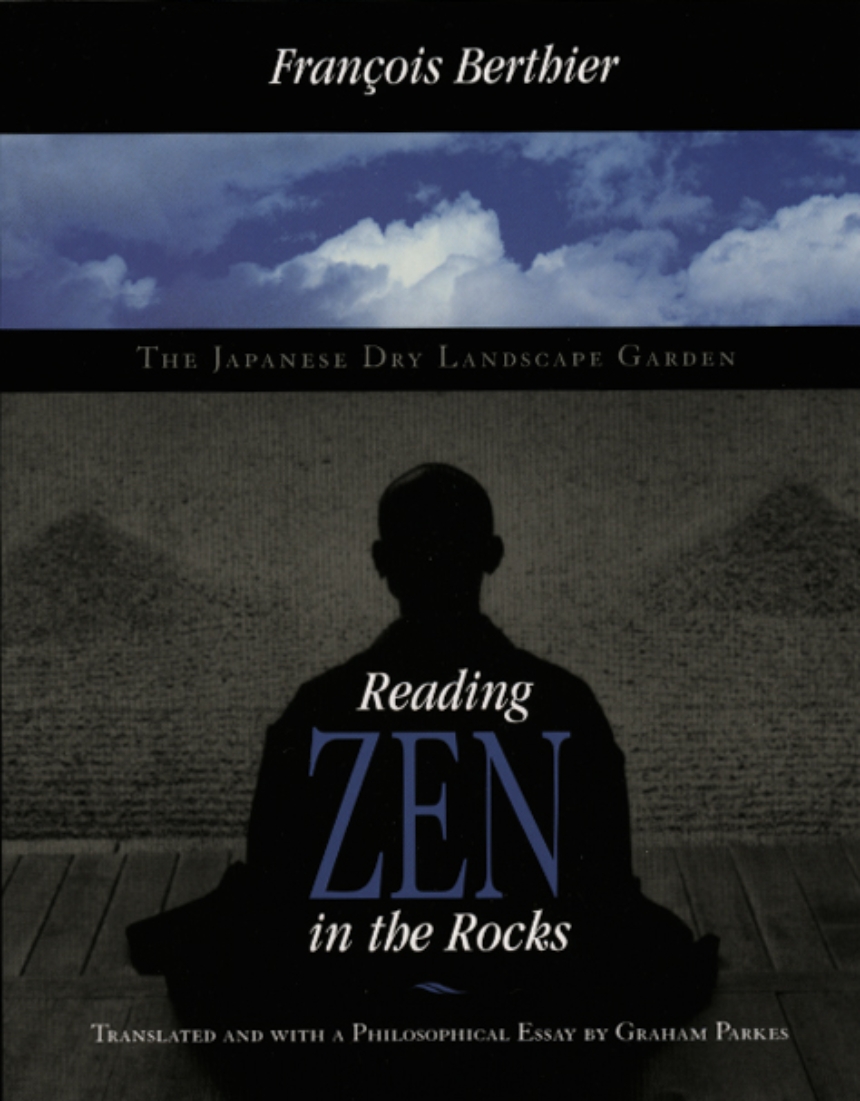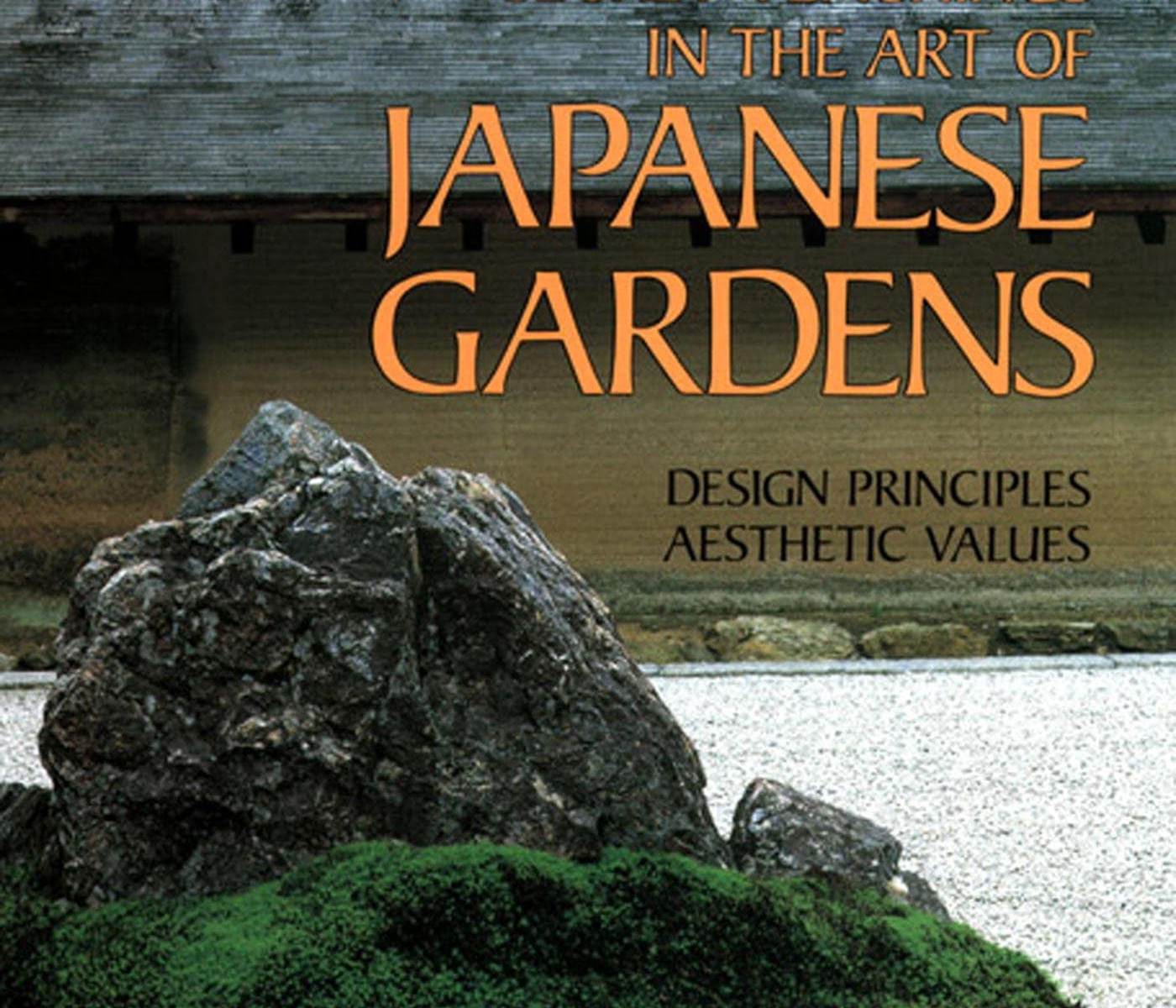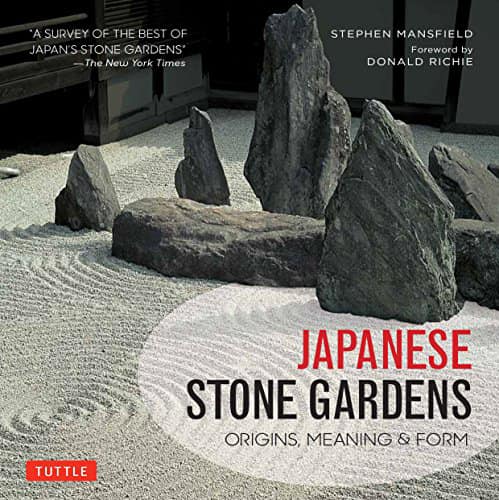Marzo 2015
Tomamos solo unos minutos para cruzar la distancia desde las oficinas generales hasta los límites del jardín de Kyoto, un breve viaje que marcaba el inicio de una jornada mágica.
Poco antes, había tenido el placer de conocer a Ian Fleming, el jefe de jardineros del parque Holland, un hombre de palabras cálidas y gestos amables. Él fue quien me anunció que Marc Sinclair, el cuidador de aquel rincón japonés, sería mi compañero en esta exploración de ensueño.
Al acercarnos, una valla de madera, no precisamente al estilo japonés, marcaba el perímetro del jardín. Sin embargo, lo que realmente capturó mi atención fueron tres piedras altas, estrechas y erguidas, descansando sobre una pequeña isla verde junto a la entrada. Su presencia era tanto de guardianes como de bienvenida, invitando a los visitantes a adentrarse en un viaje especial.
En ese instante, Marc y yo nos sumergíamos en charlas superficiales, un preámbulo para situarme en esa atmósfera casi surrealista de visitar el jardín de Kyoto acompañada por él. Tal vez fue audaz de mi parte proponer esta visita a Ian, pero en mi corazón sabía que las maravillas de la vida ocurren cuando uno se atreve a buscarlas, así que me lancé a esta aventura… y lo que parecía un sueño, ahora era una realidad palpable.
Nuestros pasos nos llevaron por un sendero de grava, serpenteando entre los árboles y las colinas. Allí, ocultos tras un poste de bambú que prohibía el paso, yacían dos conjuntos de piedras. Uno apenas visible desde nuestra perspectiva, y el otro, más arriba en la colina, se escondía entre los árboles, descansando sobre un montículo como una isla en el cielo. «¡Esas son unas piedras impresionantes!», exclamé, capturada por su majestuosidad. Fue entonces cuando la charla ligera dio paso a un diálogo más profundo. Marc me guió por otros caminos, revelándome las secretos del jardín, las vallas de bambú arqueadas (Namako-Gaki), que él y su equipo habían construido al más puro estilo japonés, con nudos de cuerda negra (Otoko musu). Me explicó sobre técnicas como el Yukitsuri y el Yukigakoi, que en ese momento adornaban el jardín, añadiendo capas de interés y misterio.
Subimos por aquel camino de grava y nos encontramos con un par de piedras Tobi-ishi, guardianes silenciosos de la entrada. Ellas nos invitaban a medir cada paso, a sumergirnos en la contemplación antes de levantar la mirada y descubrir, de golpe, la belleza oculta del jardín. Un estanque sereno y colinas se extendían ante nosotros, rodeados de arces desnudos y cerezos llorones. Los pinos, firmes y orgullosos, se erguían entre ellos, mostrando sus ramas retorcidas con una dignidad sorprendente, como si fueran testigos silenciosos de un tiempo inmemorial.
Marc, con una sonrisa nostálgica, compartió su sentir: «Algunos dicen que visitar el jardín en esta época no es completo, que le falta belleza… Pero yo veo la hermosura en estas ramas desnudas, en cada nudo, en cada textura». Coincidí con él, recordando una conversación reciente donde expresé que los jardines japoneses en invierno revelan una verdad y belleza ocultas, un encanto que permanece latente, aunque a menudo invisible ante nuestra ansia de colores y formas exuberantes. Le expliqué cómo en Occidente nos enseñan a buscar lo extraordinario, mientras que en estos jardines, lo sublime reside en la simplicidad, en el «menos» que se convierte en «más». Le conté de cómo esos bosques desnudos, con su arquitectura natural y la luz filtrándose entre sus ramas, iluminan el musgo y los arbustos, revelando una belleza sutil, a menudo ignorada en nuestra búsqueda de lo espectacular.
Marc señaló hacia un lado del camino que bordeaba el
estanque. «Allí», dijo, «esa gran piedra redonda representa a Buda, y frente a ella, al otro lado del estanque, hay una piedra plana y redonda para la meditación, un homenaje a Buda». A su alrededor, pequeñas piedras dispuestas de manera juguetona evocaban la imagen de animales.
Observando el estanque más cercano, me señaló una piedra vertical que representaba la grulla y, en primer plano, una pequeña isla en forma de tortuga, con un pino en su espalda.
Inspiré profundamente y le dije a Marc lo hermoso que me parecía todo. En ese momento, sentí una conexión profunda y privilegiada con todo lo que se desplegaba ante mis ojos. Ya no era una mera espectadora, sino que me había convertido en parte de la historia que se narraba a través de esa belleza natural, a través de esa visión particular del paraíso. Me sentí completa y, sobre todo, infinitamente feliz.
